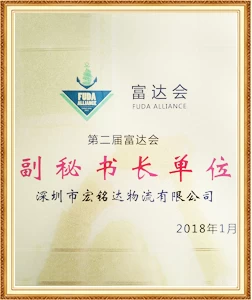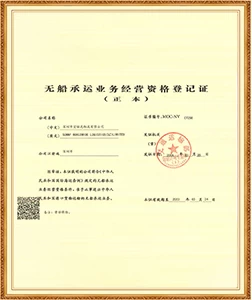A guide to classifying those "flowers"
Sunny Worldwide LogisticsIt is a logistics company with more than 20 years of transportation experience, specializing in Europe, the United States, Canada, Australia, Southeast Asia and other markets. It is more of a cargo owner than a cargo owner~

Fresh cut flowers and fresh cut branches and leaves
Fresh cut flowers refer to flowers, inflorescences or flower branches that are cut from living plants and have ornamental value. Fresh cut flowers use flowers as the main body of isolated plant materials, with bright colors and beautiful flowers. They are the main flower materials for flower arrangements and other flower decorations. Fresh cut flowers exclude roses, carnations, orchids, chrysanthemums, and lilies (lilies) specifically listed in tariff codes 0603.1100 to 0603.1500, and other types are classified in tariff code 0603.1900. At the same time, heading 06.03 includes not only flower arrangements and flower buds themselves, but also bouquets, wreaths, flower baskets and similar items (such as buttons, corsages) made of flowers or flower buds.
Fresh-cut branches and leaves refer to plant branches and leaves that have been cut away from the parent body, with branches and leaves as the main body of the isolated plant. Plant material used as cut leaves, with colorful leaves and beautiful and unique leaf shapes. Most of the cut branches have flowers, fruits and leaves. Freshly cut branches and leaves are often used as ingredients for flower arrangements or flower decorations. Common fresh-cut foliage plants include: monstera, kidney fern, eucalyptus, etc. Fresh cut branches and leaves are classified under tariff code 0604.2090. It is worth noting that goods in this heading can contain decorative fruits, but branches and shrub branches with flowers or buds are regarded as flower arrangements or flower buds and are classified in heading 06.03.
everlasting flower
Preserved flowers are a kind of flower products that can maintain their ornamental value for a long time. However, preserved flowers are not truly immortal, and their shelf life is generally 3 to 5 years. Preserved flowers are a new type of flower product made from fresh cut flowers that undergo a series of complex physical and chemical processes such as dehydration, decolorization, coloring and drying. Preserved flowers are almost the same as fresh flowers in terms of color, shape and feel. At present, preserved flowers are highly sought after by consumers as high-end plant craft products. This product is classified under tariff code 0603.9000.
artificial flowers
Artificial flowers refer to artificial flowers made of cloth, silk, plastic, wrinkled paper and other materials. Nowadays, the production technology of artificial flowers is becoming more and more sophisticated, and it can almost look real. The lifelike appearance and various shapes, especially the advantages of low price, high quality and unbeatable blooming, make artificial flowers very popular in weddings, home decoration and other occasions.
According to the different production materials, artificial flowers are classified into different tax codes. Artificial flowers made of plastic are classified in tariff heading 6702.1000; artificial flowers made of textile materials, paper, rubber, metal sheets and other materials are classified in subheading 6702.90 according to the material. It is worth noting that glass flowers used for interior decoration are not classified in the above headings, but are classified in heading 70.13 according to glassware; artificial flowers and leaves made of glass beads and lampwork glass decorations are classified in heading 70.18.
scented tea
The classification of scented tea is more complicated. Most scented tea is not obtained from Camellia genus (Camellia) plants, so scented tea is not exactly the tea referred to in the "Import and Export Tariffs of the People's Republic of China". For example, the processing method of scented tea with chamomile flowers as a single ingredient is generally direct picking and drying, and should be classified in tariff code 1211.9039. According to the "Commodity and Item Notes on Import and Export Tariffs", flowers, petals and flower buds that are not suitable for making bouquets or for decorative purposes when submitted for inspection cannot be classified into heading 06.03. Chamomile flowers can be brewed directly for drinking. They have the effects of calming, analgesics, calming the nerves and promoting sleep. In the "Drug Quality Standards of the Ministry of Health of the People's Republic of China", chamomile is described as having medicinal functions and indications, and this product belongs to the relevant explanations under item 12.11. "Chamomile and Chamomile", so scented tea with chamomile flowers as a single ingredient is classified under 1211.9039. Tea bags prepared from mixed ingredients such as chamomile, lavender, rock sugar, etc. are classified as foods not listed in other items in tariff code 2106.9090 - item 12.11 does not include "composed of different types of plants or parts of plants" products, or products consisting of a single variety or different types of plants or parts of plants mixed with other substances.”





















